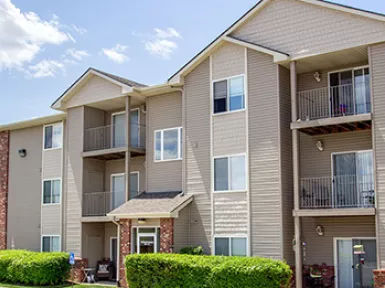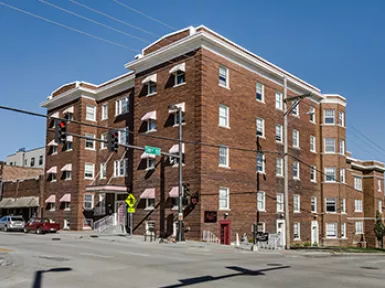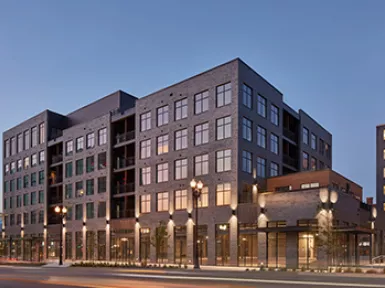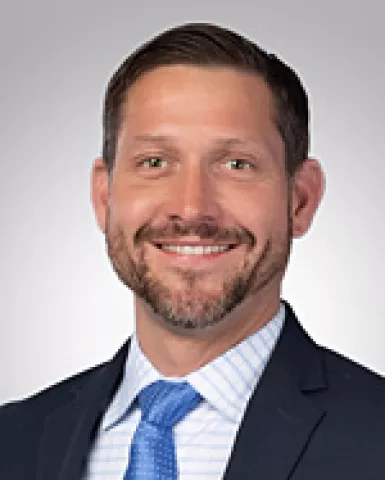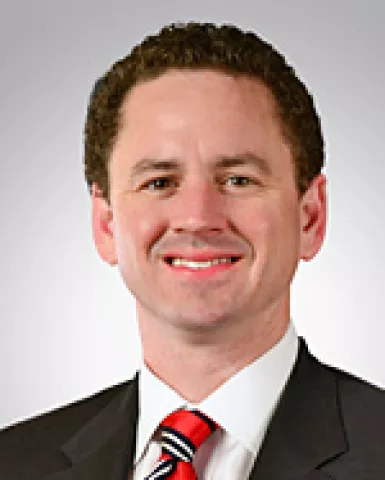If you’re seeking commercial lending expertise in Omaha, Nebraska, Northmarq’s skilled debt and equity professionals are here to help. Our team will provide you with tailored financing solutions that fit your unique needs. By leveraging our unmatched network of lending partners, we can arrange commercial real estate loans for any property type, from retail and healthcare to multifamily, industrial, and more. Additionally, we are a direct Fannie Mae, Freddie Mac, and FHA/HUD lender. Whether you need a creative solution or more traditional financing for an individual asset or portfolio, Northmarq has you covered. We work with all investor groups including individuals, developers, and institutional owners, and our team is equipped to assist you. Get started by calling our local office now.
About Our Office
The latest
Transactions
Omaha NE
